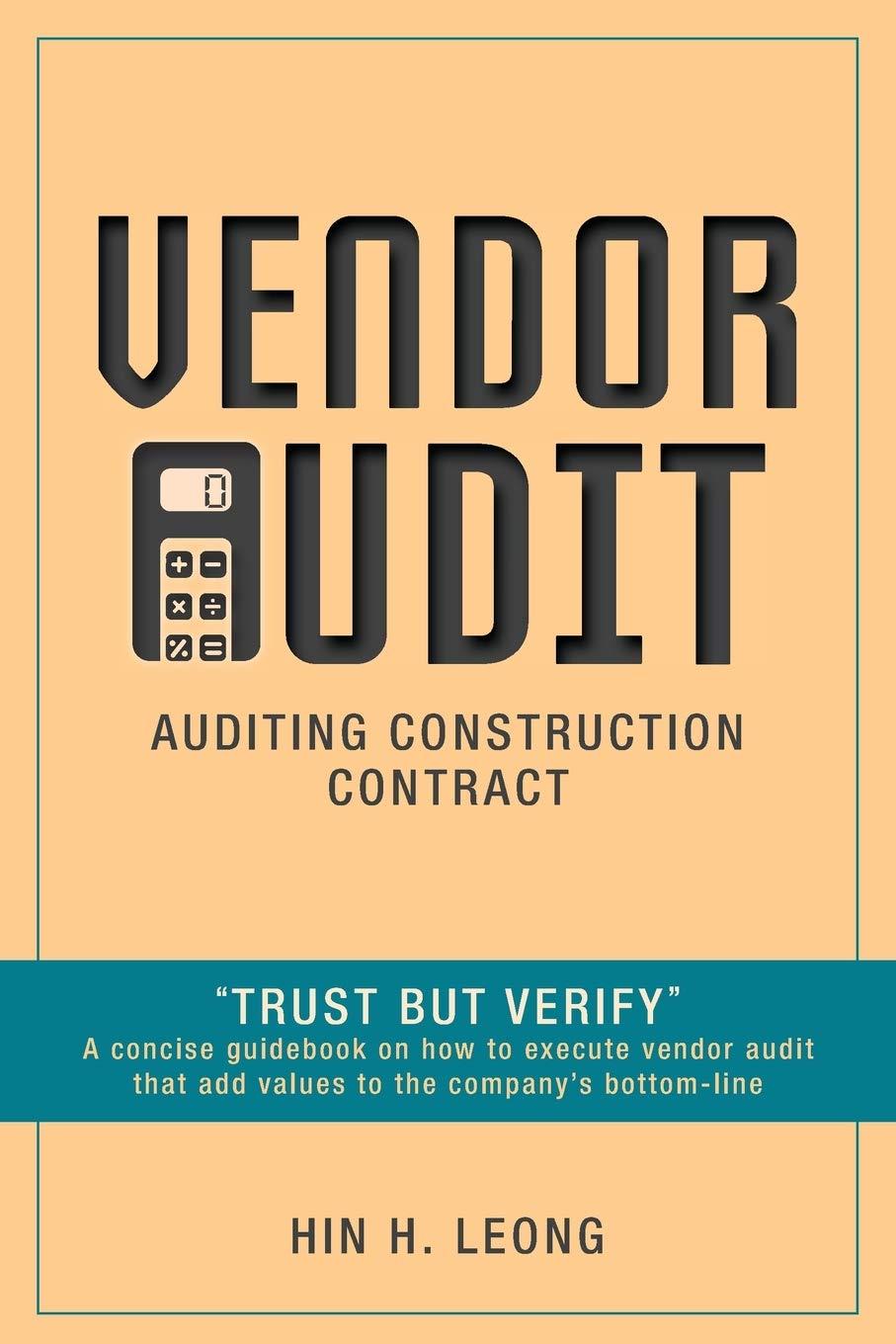Question
Compute and Interpret Liquidity, Solvency and Coverage Ratios Selected balance sheet and income statement information for Calpine Corporation for 2004 and 2006 follows. ($ millions)
Compute and Interpret Liquidity, Solvency and Coverage Ratios Selected balance sheet and income statement information for Calpine Corporation for 2004 and 2006 follows.
| ($ millions) | 2004 | 2006 |
|---|---|---|
| Cash | $ 1,256.73 | $ 1,523.36 |
| Accounts receivable | 1,097.16 | 735.30 |
| Current assets | 3,313.56 | 3,268.33 |
| Current liabilities | 3,285.39 | 6,057.95 |
| Long-term debt | 17,150.81 | 3,531.63 |
| Short-term debt | 1,033.96 | 4,568.83 |
| Total liabilities | 22,898.42 | 25,503.17 |
| Interest expense | 1,516.90 | 1,288.29 |
| Capital expenditures | 1,545.48 | 211.50 |
| Equity | 4,587.67 | (7,152.90) |
| Cash from operations | 19.89 | 335.98 |
| Earnings before interest and taxes | 1,659.84 | 1,907.84 |
(a) Compute the following liquidity, solvency and coverage ratios for both years. (Round your answers to two decimal places.) 2006 current ratio = Answer
2004 current ratio = Answer 2006 quick ratio = Answer 2004 quick ratio = Answer 2006 liabilities-to-equity = Answer 2004 liabilities-to-equity = Answer 2006 long-term debt-to-equity = Answer 2004 long-term debt-to-equity = Answer 2006 times interest earned = Answer 2004 times interest earned = Answer 2006 cash from operations to total debt = Answer 2004 cash from operations to total debt = Answer 2006 free operating cash flow to total debt = Answer 2004 free operating cash flow to total debt = Answer (b) Which of the following best describes the company's credit risk?
Both the quick ratio and current ratio for 2006 are lower than 1.0 and have decreased in the past two years. Along with interest coverage ratios that are exceedingly low, the probability that the company will face default has significantly increased.
Both the quick ratio and current ratio for 2006 are lower than 1.0 and have increased in the past two years. Along with interest coverage ratios that are exceedingly high, the probability that the company will face default has significantly increased.
Both the quick ratio and current ratio for 2006 are above 1.0 and have decreased in the past two years. Along with interest coverage ratios that are exceedingly low, the probability that the company will face default has significantly decreased.
Both the quick ratio and current ratio for 2006 are above 1.0 and have increased in the past two years. Along with interest coverage ratios that are exceedingly high, the probability that the company will face default has significantly decreased.
Step by Step Solution
There are 3 Steps involved in it
Step: 1

Get Instant Access to Expert-Tailored Solutions
See step-by-step solutions with expert insights and AI powered tools for academic success
Step: 2

Step: 3

Ace Your Homework with AI
Get the answers you need in no time with our AI-driven, step-by-step assistance
Get Started


